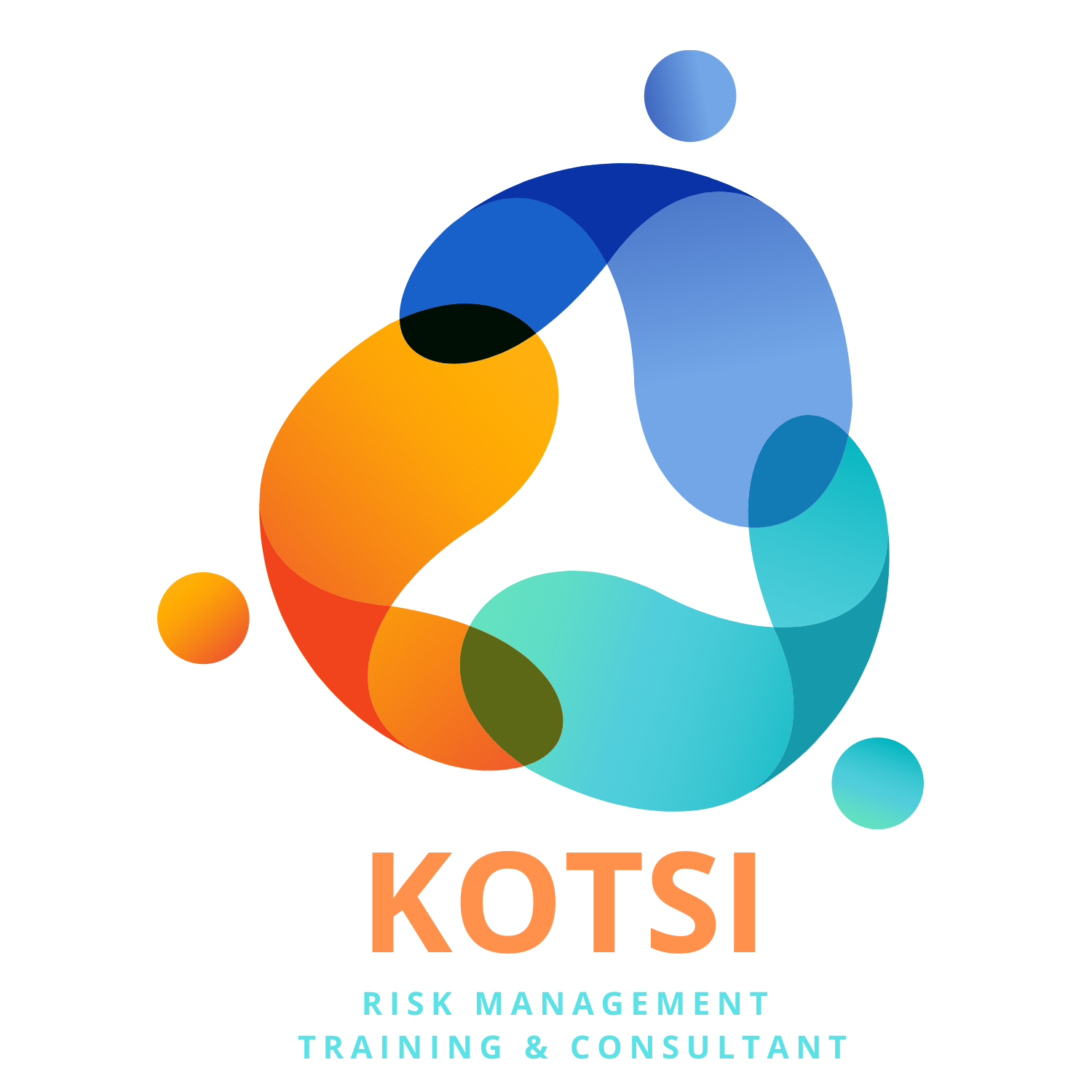6 Steps to Maximize the Value of RMIS Tools
|

Risk professionals increasingly rely on technology to manage business risk, yet many also feel they are underutilizing their current risk management information system (RMIS). In fact, more than half of the over 1,000 risk executives surveyed in Redhand Advisors’ 2023 RMIS Report characterize their use of analytics as “only moderately effective or worse.” Nearly as many still do not utilize their RMIS to full capacity due to cost, lack of resources and lack of training or knowledge of the system.
To close the gap, risk managers need to focus on improving their data quality and governance; engage skilled data analysts; and explore adopting big data analytics, artificial intelligence and machine learning.
Below are six strategies for achieving better results when applying advanced analytics to your risk management process, whether you are just starting to use risk technology or have been implementing a system for several years:
1. Define goals and objectives for your data analytics project. Understanding your goals and objectives will allow you to align your efforts with outcomes that deliver value. Work backward and start the process by considering how applying advanced analytics will help achieve your goals. You might even outline the use cases and then apply the specific tools or functionality that generate the best outcomes for your needs. For example, if your team finds dashboards especially helpful, some tools will offer more robust visualization than others.
2. Review what is in your current technology toolbox. Do the systems you have in place support your goals, or do you need to look for additional third-party tools to meet them? It is not a simple process to activate the various tools your vendor might offer and have them automatically meet your specific needs—software is only as effective as the planning behind it.
3. Make sure the data is accurate and clean. The quality of data is an industry-wide challenge. On the surface, your data might appear up to date and accurate. However, upon closer scrutiny, you might find your code tables are not suitable to your risks, or your injury and accident cause codes are outdated or too generic for your level of activity. For example, if you use the standard lists from your insurance carrier or third-party administrator, 90% of your claims may be coded as single claim types because there is no list specific to your industry. To capture the right data, it is critical to have codes specific to your industry or even your individual organization. Similarly, if you are analyzing your locations relative to local flood zones and potential for hurricanes but lack the specific geocodes corresponding to those locations, your property data will not be accurate and your output will not be useful.
4. Mine valuable data in the commentary of a claim instead of the codes. If a worker injures multiple parts of their body and the only options in your RMIS are “shoulder injury” or “multiple injuries,” that will not give your claims team what they need. Instead, you might “mine” the important commentary under each claim. For instance, shoulder and back injuries are the most costly for organizations, so the proper treatment and response can have a positive impact on your claims trends. Another benefit to analyzing narrative data is that details that are not coded may be central to a claim’s resolution. For example, co-morbidities of the worker are typically not captured as part of the claim, but may be found in the narrative or commentary.
5. Integrate data analytics into your business processes. Even when they get past the hurdle of obtaining quality RMIS data, many risk management teams still use this information in silos instead of leveraging it to make decisions across the business and its operations. For instance, do you flag claims early on that have a potential for high cost or severity? If your RMIS could instantly get such a claim to the adjuster, then a team member could quickly reach out to the injured employee.
Similarly, if your RMIS could automatically flag potentially fraudulent claims and deliver them to the right adjuster, your team could act quickly rather than waiting for a report that might get circulated a week later. It is possible to embed RMIS analytics and outcomes into your workflows and processes, and to make that data actionable within a compressed timeframe.
6. Take steps to adopt big data analytics, artificial intelligence and machine learning into your RMIS. Technology-based risk tools and functionality have come a long way from where they were even just two years ago. The ability to embed AI, such as ChatGPT, into data analytics processes only became available within the past eight months, for example. Integrating advanced analytics into your risk processes requires a certain level of expertise, so it is critical to have teammates who can support such activity. The move to a software-as-a-service (SaaS) model in recent years has enabled enterprises to push their IT department out of the software implementation process as RMIS vendors are typically responsible for everything in the cloud. However, many companies are now bringing IT back to the table to support SaaS applications across business operations. If your risk management team has not been able to make this happen, you may find a valuable partner in your IT department.
As RMIS capabilities continue to evolve, risk professionals have been actively involved in testing, evaluating and refining their enterprise’s analytics processes. This requires engaging with departments and operations across your organization to break down silos and maximize the technology solutions you have in place. You also need to collaborate with your vendors to keep abreast of new tools and resources they may be adding to their platforms. By integrating your technology applications into your continuous improvement process, you will be able to achieve a strong and sustainable return on investment from your RMIS tools.
Source :
https://www.rmmagazine.com/articles/article/2023/08/01/6-steps-to-maximize-the-value-of-rmis-tools

